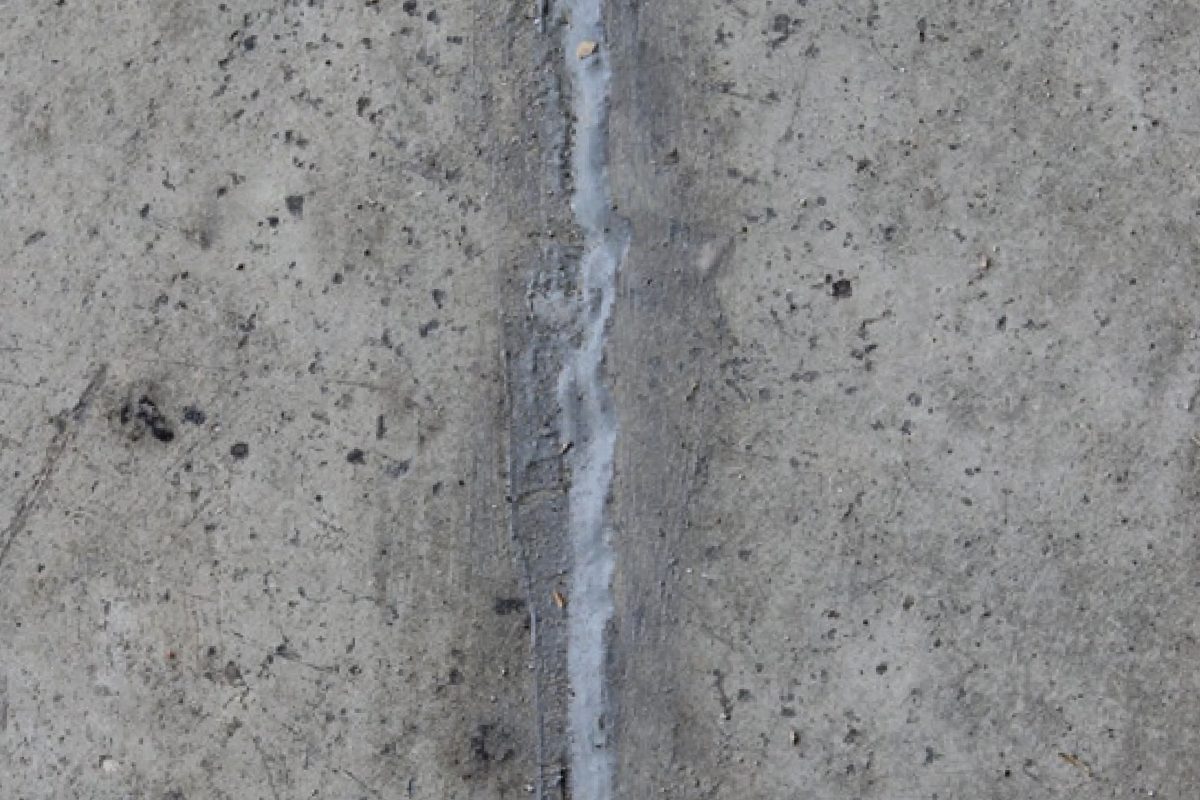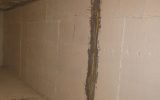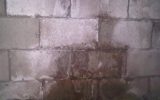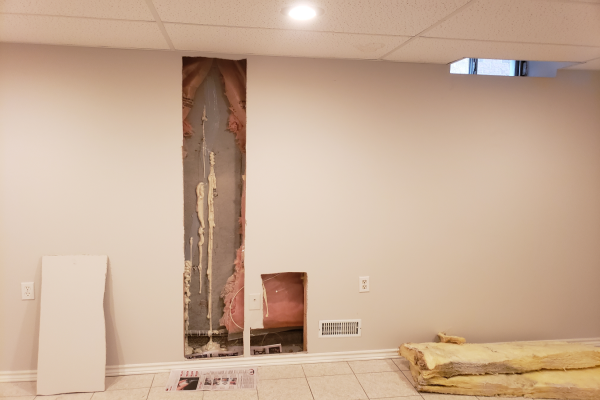Many poured concrete basement leaks are the result of foundation cracks; fortunately, with today’s technology there is a fast and economical way to repair these cracks, polyurethane crack injection. This method is inexpensive, quick, relatively non-invasive and can be performed year round without limitation.
Polyurethane injection explained
Polyurethane injection is perhaps the most common method of injection used for repairing basement leaks and waterstopping generally, due to its versatility.
Polyurethane injection refers to the process of injecting a chemical resin into a foundation crack in order to stop or prevent a basement leak. The material that is injected fills the thickness of the void to prevent water penetration and provides a flexible seal. Now that the crack has been filled throughout the thickness of the wall with this foamy rubber material it is as if the void no longer exists.
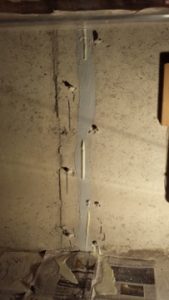
Why polyurethane crack injection works
Polyurethane is a water-stopping chemical. When the chemical comes into contact with moisture it begins to react and solidify almost immediately which makes it ideal for actively leaking cracks or voids in the concrete wall.
Due to the fact that the material is able to be injected at various pressures it is a virtually universal repair method that can be used to fill the narrowest of voids and get past obstructions such as sediment and mineral deposits in the cracks.
The material provides universal water-stopping and can be used under virtually any conditions year round due to the fact that all work is performed internally.
The expansive properties of polyurethane also allows it to fill larger voids where water stopping is required. Polyurethane resin cures initially in 15-20 minutes and solidifies into a flexible foam-like material which allows for a certain degree of foundation expansion and contraction.
How it’s done
Generally speaking, polyurethane crack repairs are about a 2 hour process. With the crack exposed, channels are drilled on the inside basement wall intersecting the foundation crack. Once these holes are drilled at certain intervals along the length of the crack injection packers are installed and the polyurethane is injected. The polyurethane flows through the channels into the crack and after a few minutes begins to expand within the void, filling it throughout the thickness of the wall. The injection process is then repeated to ensure that the crack is completely filled, thus preventing any further chances of water leakage.

